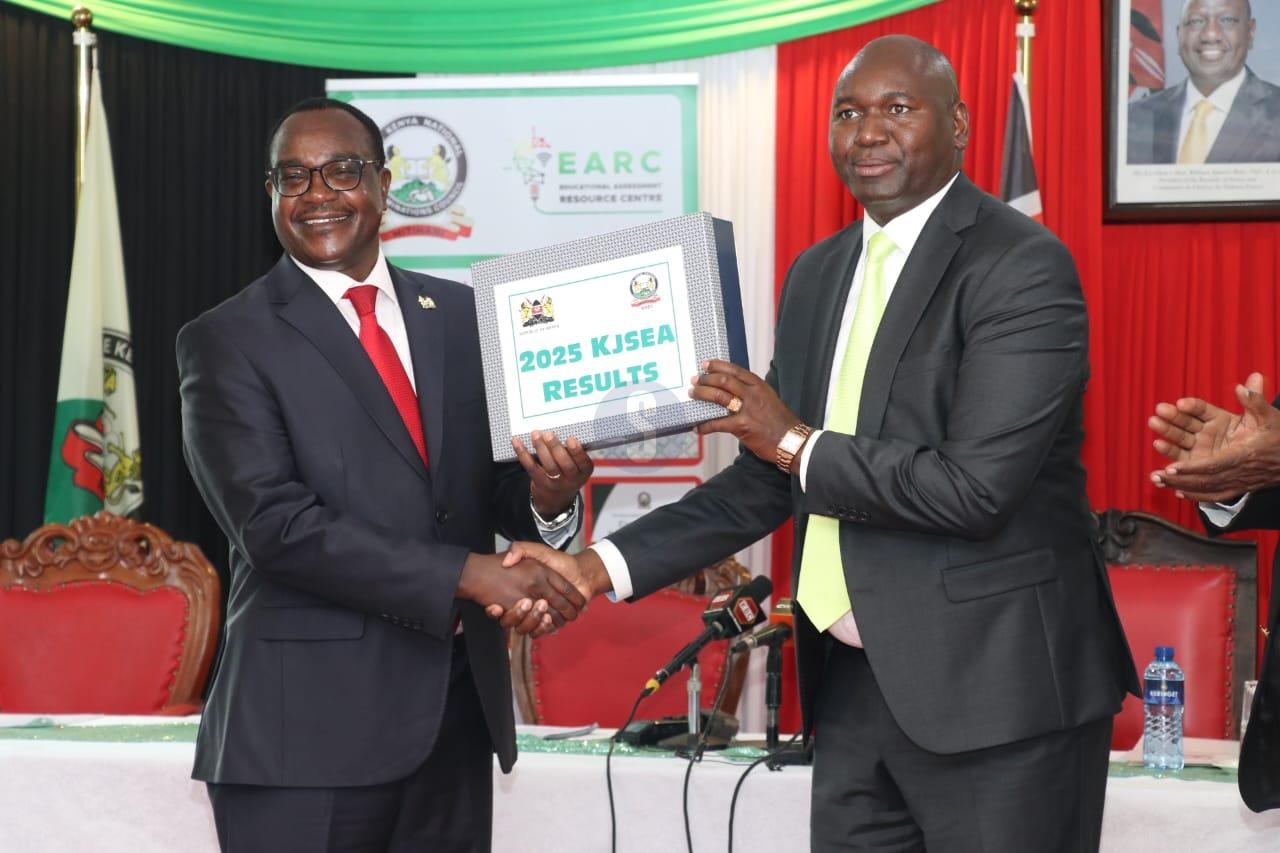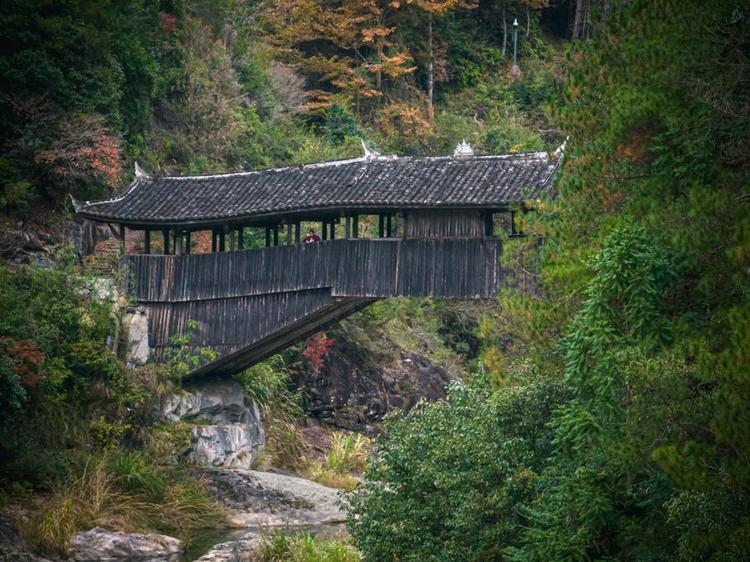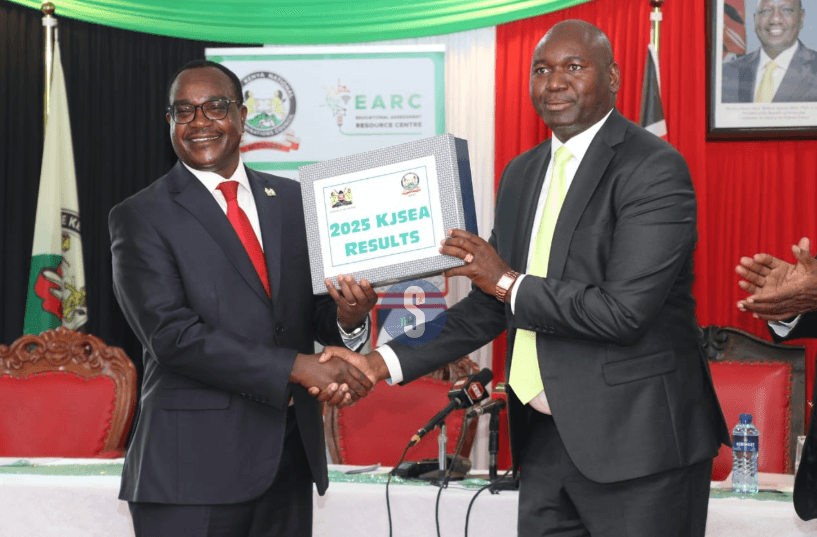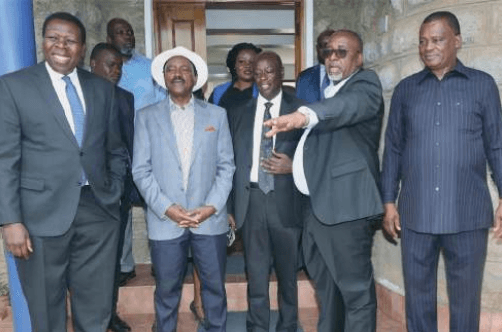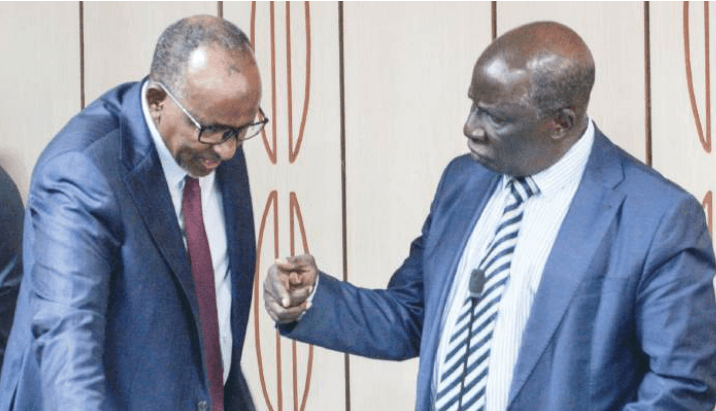As King Charles III makes a historic State Visit to Kenya, the legacy of the eight decades of British colonial rule will come under scrutiny.
One of the hallmarks of the British colonial rule in Kenya was the torture and ill-treatment of Kenyans who stood up to resist their forceful occupation.
The Fort Jesus monument in Mombasa was a special site for the British during their rule because it served as a torture chamber for their soldiers.
While it was initially used as barracks between 1837 and 1895, when the British protectorate was proclaimed on July 1, 1895, the Fort was converted into a prison.
The huts were removed, and cells were built.
In 1895, the British held slaves in the torture rooms and cells in the inner part of the fort.
They used it as a prison, until 1958, when they converted it into a historical monument with James Kirkman assigned to excavate it until 1971.
Built by the Portuguese toward the end of the 16th century on the Kenyan coastline in Mombasa city, Fort Jesus tells the story of early colonial conquest in Africa.
Fort Jesus bears testimony to the first successful attempt by Western civilization to rule the Indian Ocean trade routes, which, until then had remained under Eastern influence.
Fort Jesus tells a rich story of how the Portuguese at one time ruled the trade routes of the Indian Ocean.
Built between 1593 and 1596, the fort, which is protected by plastered coral walls as high as 18 meters, features a starlike and angular shape.
The original Portuguese fort had a height of 15 meters, but the Oman Arabs added 3 meters upon capturing the fort.
It is designed so that any assailant trying to climb any of the walls could easily come under fire from one of its many watchtowers.
The cannonballs would be more likely to ricochet rather than score a direct hit.
Seen from the air, the fort, which was designated a UNESCO World Heritage Site in 2011, was designed in Renaissance fashion to reflect the proportions of the human body.
Fort Jesus was declared a national museum in 1958 and is Mombasa's most visited tourist attraction.
The architecture of the fort represents the rough outline of a person lying on their back, with their head towards the sea.
The fort combines Portuguese, Arab, and British elements (these being the major powers that held it at different times in history).
Built and occupied first by the Portuguese, Fort Jesus, Mombasa, changed hands many times throughout its history, coming under Arab, Swahili and English control.
The Fort's important role in the control of trade also saw it host many of the peoples of the Indian Ocean basin.
The Portuguese and British presence is preserved in the presence of their respective cannons found in the fort.
The Omani Arabs marked their occupation by etching Koranic inscriptions into the wooden door posts and ceiling beams.
Fort Jesus was occupied by the Portuguese for almost a century, who used it as the main point of control over the port of Mombasa and the maritime traffic of the Swahili Coast.
When it later fell into the hands of the Omani sultan, it was turned into an administrative center.
When the British took over, the fort was converted into a prison until the eve of independence in 1958 when it was declared a National Monument.
Today the fort, which sits on a 2.36-hectare site, is open to visitors who can view some of the surviving historical structures.
These include an open water cistern used by the Portuguese to harvest rainwater, the ruins of a church built by the Portuguese and a 23-meter deep well bored by the Arabs.
The fort was designed by Giovanni Battista Cairati, an Italian architect hired by the Portuguese to design forts in its colonial possessions in Africa and Asia.
It was the first Italian-style bastion constructed outside of Europe.
In April 1593 the fortress was named "Fortaleza de Jesus de Mombaca" by Mateus de Mendes de Vasconcelos, who was in charge of Portuguese possessions on the East African coast at the time.
Although Fort Jesus' design is considered a masterpiece of trace Italienne military fortification, local Swahili people contributed much of the masonry technique, building materials and labor.
The fort features a Swahili Cultural Centre established in 1993 to educate visitors on traditional Swahili ways of life, Swahili influence on occupants of the fort, and Swahili arts and crafts.
A museum located at the center of the fort displays Portuguese warships sunk during the siege conducted by the Arabs in 1697, which lasted three years and marked the final expulsion of the Portuguese from the region.
The museum also features artifacts collected along Kenya's coast that show the importance of this region to Asian trade networks long before the arrival of the Portuguese.
Among the artifacts is a collection of porcelain from China's Ming (1368-1644) and Qing (1644-1912) dynasties.
Though the younger pieces were likely brought by the Portuguese from their East Asian base in Macao, it is believed that the oldest pieces were brought to East Africa by Zheng He (1371-1435).
Zheng was a Ming admiral who commanded the largest fleet ever assembled at the time on a series of missions to bring far-flung states into the traditional Chinese tributary system.


